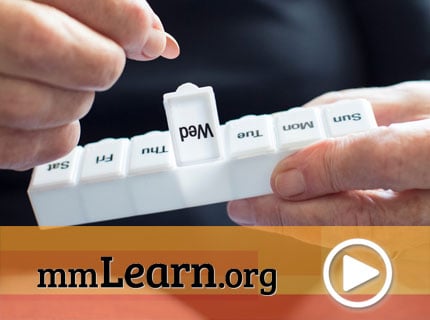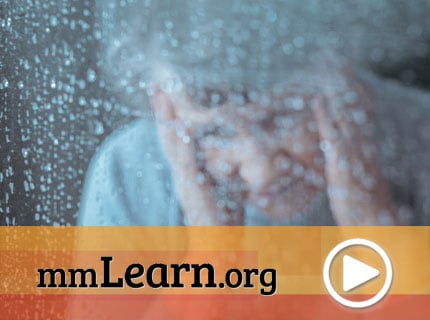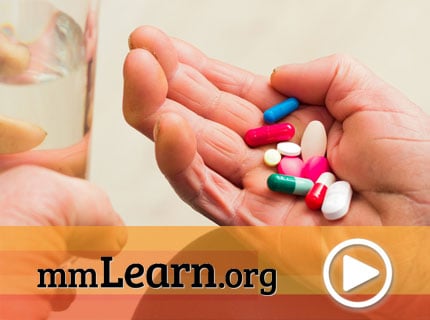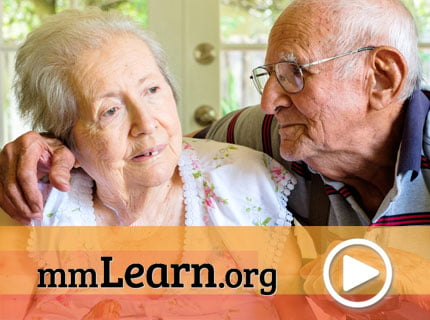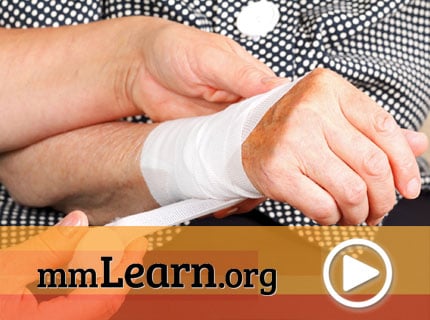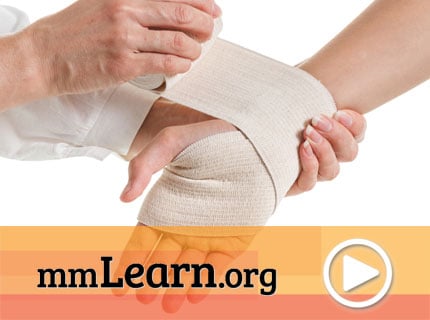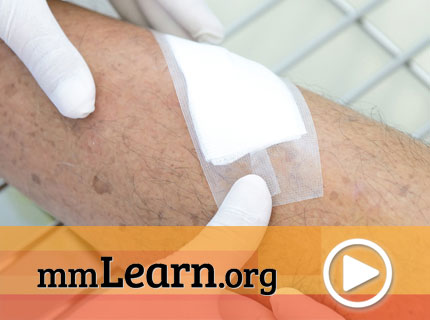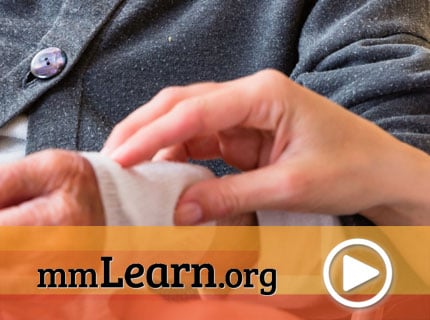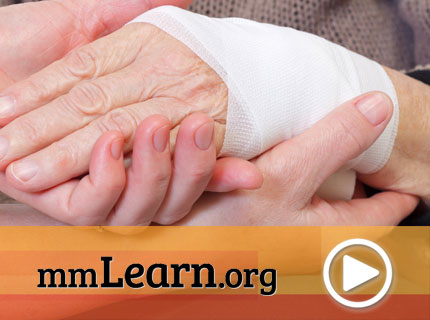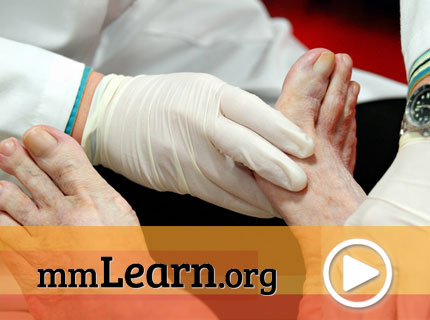Presenter: Dianne Murray Rudolph, APRN, GNP-BC, CWOCN, UTHSCSA
Wound care case studies are a great way to fully understand what influences effective wound care treatments. Wound care specialist Dianne Rudolph will walk you through five unique case studies to help you better understand the complexities of wound care assessments, classifications and treatments.
For additionals case studies: Chronic Wound Care Case Studies - Part 2
Watch

